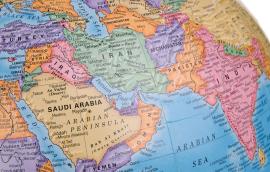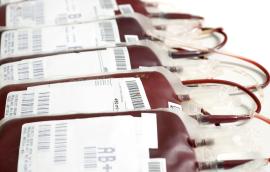Mosquito-transmitted Epidemics: Zika Virus in the United States and Mexico
This issue brief argues that continued investments in global health and the study of emerging pathogens could yield better tools to fight infectious diseases like the Zika virus long before they become a problem in the developed world.
Jennifer R. Herricks, Kirstin R.W. Matthews March 4, 2016







